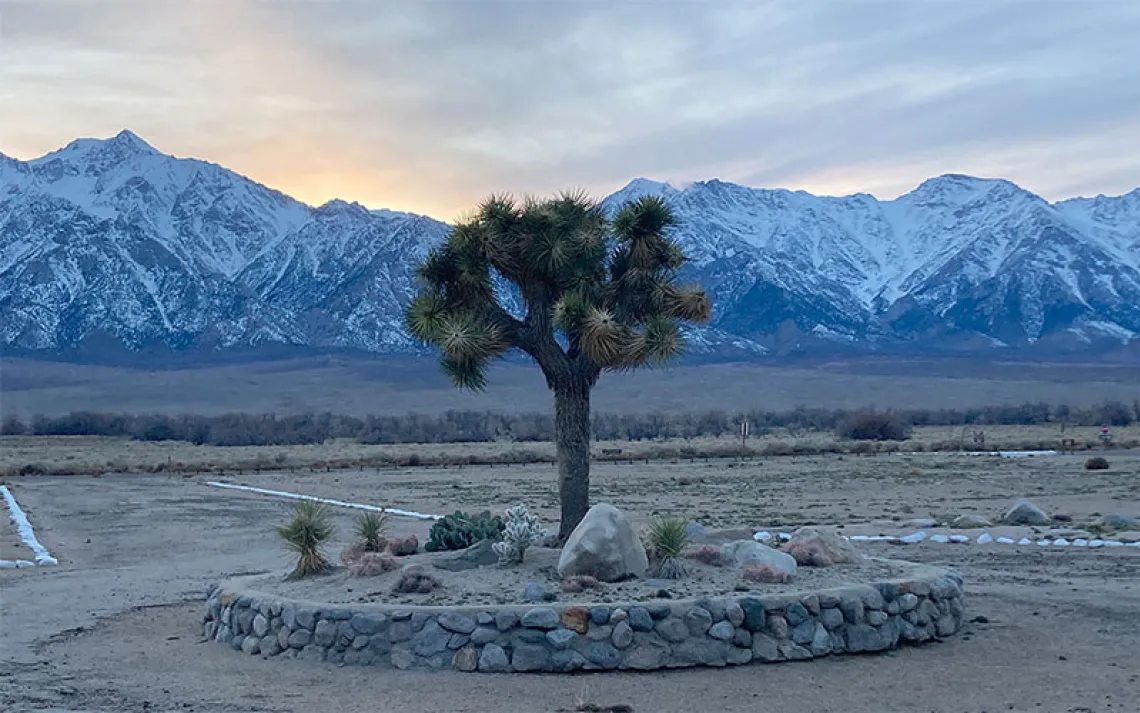The Gripping Mystery of Trees Gone Missing in the Night
Lyndsie Bourgon’s first book investigates the furtive world of timber theft

Image courtesy of Little, Brown Spark
In 2013, a researcher studying black bears in Redwood National and State Parks stumbled upon fresh sawdust in the woods. Its source: a gaping wound cut into a coast redwood, one of the largest and longest-lived trees on the planet. The gash went all the way to the dense heartwood, a fatal injury.
This and other tales of sylvan intrigue drive Lyndsie Bourgon’s book Tree Thieves: Crime and Survival in North America’s Woods (Little, Brown Spark; 2022). Rangers set camera traps in the bushes and use forest forensics to close in on a cast of local suspects, ex-loggers, and their kin from Orick, California, a down-and-out timber town that has atrophied since the formation of the national park curtailed the industry in 1968.
While some trees are taken altogether, poachers prey largely on burls, the “knobby, pregnant, bubbling protrusions” treasured for their unique wood-grain patterns. Cutting one off can kill the tree. As a prologue for these crimes, Bourgon’s book offers a history of natural resource squabbles that foreshadow Orick’s own economic and environmental woes. Bourgon follows such conflicts back to 11th-century England, when commoners were barred from using forest resources reserved for royalty. This sparked ill will over natural-resource access that Europeans brought with them to North America.
As the United States expanded, land white settlers once saw as boundless frontier became a commodity fought for across class divides. Rural subsistence lifestyles clashed with the prerogatives of exclusive sportsmen’s clubs formed by the urban elite. Bourgon writes, “As it had in England only a few centuries earlier, hunting became poaching. Foraging and grazing became trespassing. Logging became timber theft. Shortened hunting seasons were dictated by sport hunters who didn’t care to consider the cycle of harvest seasons, making farmers choose between tilling the land and hunting meat at certain key times each year.”
Those tensions have persisted. Rifts between economic classes, government agencies, corporations, unions, townsfolk, tourists, and environmentalists boiled over during the Timber Wars of the 1980s and ’90s. Conservationists campaigning for the protection of old-growth timber were catalyzed by the protection of the northern spotted owl under the Endangered Species Act. This designation forbade the destruction of habitat, greatly reducing the clearcutting favored by many logging companies. The 1990s Redwood Summer saw Earth First! protesters square off against workers furloughed from embattled mills. Loggers fought for their livelihoods in the Pacific Northwest; conservationists protested the harvest of coast redwoods.
It's a dense subject, but Bourgon cuts an efficient swath, providing backstory for the burl-poaching cases that anchor the book. This land-use-history highlight reel is punctuated with more obscure stories—like that of a 19-ton wooden peanut delivered to Washington, DC, by a convoy of Humboldt County loggers in protest against the 48,000-acre expansion of Redwood National Park.
Even the greenest hearts might sympathize with the residents of small logging towns who face unemployment and bristle at bureaucracy. In the wake of logging’s decline and failed revitalization efforts, the burl poachers tossed chainsaws into the beds of their trucks in desperate, clandestine attempts to make a few hundred dollars at a time. In Bourgon’s telling, just as big timber dismisses conservationists as “zealots, Harvard professors, sentimentalists, and impractical dreamers,” environmentalists sometimes fail to see the human impact of conservation policy. When land access is restricted, an economic and cultural vacuum may be left behind.
The loggers and poachers in Bourgon’s book—echoing those long-ago English peasants—argue for their right to subsist off the natural resources around them. Still, Bourgon asks, who “owns” the land? Does industry have a right to persist simply because it persisted in the past? Does short-term income justify the loss of rare and magnificent lifeforms?
At the core of Tree Thieves, and the issue of wood poaching in general, is the conflation of self-reliance and self-interest, a sense of privileged entitlement to rob the world of remarkable and vital things. Still, natural resources teeter on a scale with social and financial well-being. Bourgon’s book documents mistakes and missteps by conservationists and anti-conservationists alike.
Her book parses them while offering no overt calls to action. Bourgon writes matter-of-factly of California’s fallen giants; woodlands razed in South America and East Asia; hardwood groves poached on the East Coast; and the deficits of rangers, funding, and technology that exacerbate each of these problems. She gives no impassioned pleas. Instead, Bourgon confronts the issue of resource-crime where it exists in the real world, the deepest, most tangled wood of all.
 The Magazine of The Sierra Club
The Magazine of The Sierra Club



